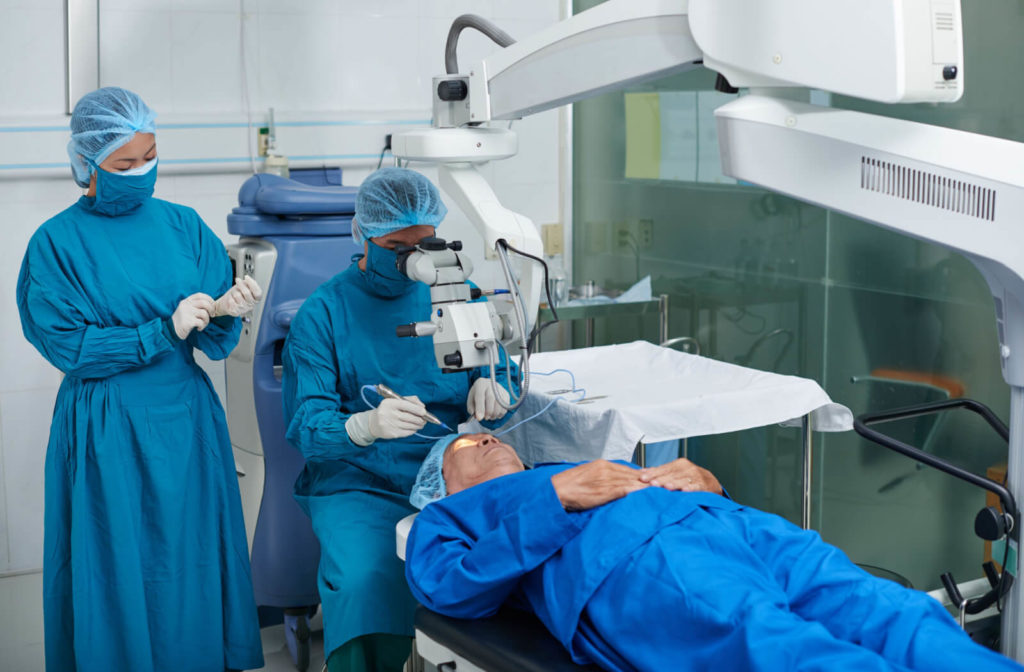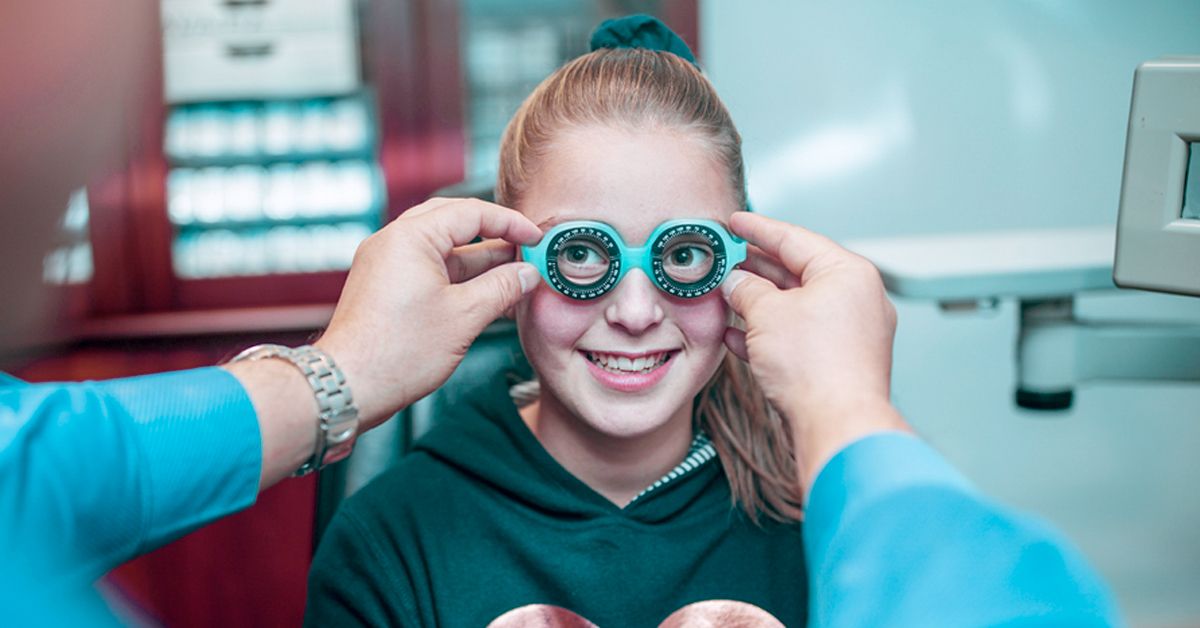Locate a Trusted Optometrist Chino for Family Eye Care Solutions
Locate a Trusted Optometrist Chino for Family Eye Care Solutions
Blog Article
Checking Out the most up to date Technological Innovations in Optometry and What They Mean for Eye Doctors
In the ever-evolving field of optometry, recent technical advancements are reshaping how experts approach eye treatment. From the precision of Optical Comprehensibility Tomography to the nuanced insights offered by AI-driven diagnostic tools, these developments are setting brand-new standards in patient analysis and therapy. Teleoptometry is positioned to redefine access, making certain that expertise transcends geographical constraints. As these improvements penetrate the technique, eye doctors are faced with the obstacle of accepting these devices to boost individual outcomes. The question continues to be: just how will these technical shifts redefine the functions and obligations within the career?
Technologies in Diagnostic Equipment
Progressing the area of optometry, technologies in diagnostic tools have reinvented the means eye care experts examine and detect aesthetic impairments and ocular conditions. The previous years has seen considerable technological advancements, allowing more accurate and comprehensive examinations. Optical Comprehensibility Tomography (OCT), for instance, gives high-resolution cross-sectional photos of the retina, enabling the very early discovery of conditions such as glaucoma and age-related macular deterioration. This non-invasive imaging method has become important in contemporary optometric technique.
One more trick development is the intro of innovative corneal topography systems, which map the surface curvature of the cornea with precision. These devices are particularly beneficial for suitable contact lenses and identifying corneal problems. Digital retinal imaging has actually transformed standard ophthalmoscopy, offering in-depth, scenic sights of the retina that facilitate extensive aesthetic assessments.
The development of wavefront aberrometry has likewise been critical, allowing the analysis of refractive mistakes with unparalleled accuracy (Eye Doctor). This modern technology aids in customizing restorative lenses and boosting medical end results for refractive surgical procedures. Collectively, these analysis advancements equip eye doctors to supply premium patient care, making sure early intervention and tailored therapy techniques, ultimately improving aesthetic wellness results
AI in Person Administration
Building on the foundation of innovative analysis devices, the consolidation of fabricated knowledge (AI) in patient management stands for a transformative jump for optometry. AI systems are significantly employed to boost effectiveness, accuracy, and personalization in person treatment. By evaluating vast amounts of data, AI can identify patterns and forecast possible eye conditions, enabling eye doctors to tailor treatments a lot more efficiently. This capability is vital in managing chronic eye diseases such as glaucoma and diabetic person retinopathy, where very early detection and continual tracking are crucial.
Furthermore, AI-driven systems facilitate structured patient communications and administrative processes. Automated organizing, virtual appointments, and personalized follow-up strategies not only boost patient satisfaction however also enhance time management for specialists. These systems can triage patients based on the seriousness of their problems, making certain that those in critical requirement obtain prompt interest.
In addition, AI enhances decision-making by supplying eye doctors with evidence-based suggestions and therapy paths. By incorporating data from digital wellness records, AI tools use insights that inform scientific choices, reducing the danger of mistakes and boosting person results. As AI remains to advance, its role in patient administration will likely increase, improving the landscape of optometric treatment.
Breakthroughs in Retinal Imaging
In the realm of optometry, retinal imaging has experienced exceptional technical advancements that are improving analysis capacities and patient treatment. Developments such as Optical Coherence Tomography (OCT) and fundus digital photography have actually changed just how optometrists imagine and evaluate the retina. OCT, specifically, supplies high-resolution, cross-sectional photos of the retina, permitting the detailed evaluation of its layers. This capacity is vital for very early detection and monitoring of problems like glaucoma, diabetic retinopathy, and age-related macular degeneration.
Enhanced imaging methods like OCT angiography are further refining analysis accuracy. This non-invasive technique maps blood circulation in the retina, offering critical understandings into vascular wellness without the need for color shots. Furthermore, flexible optics innovation is being integrated into retinal imaging systems to remedy ocular aberrations, delivering extraordinary picture quality. Such improvements help with the recognition of minute retinal modifications that could symbolize disease development.
In addition, improvements in synthetic knowledge are increasing retinal imaging by enabling computerized evaluation of huge datasets. These systems aid eye doctors in determining patterns a measure of pathology, thereby boosting diagnostic precision and effectiveness. Jointly, these innovations are transforming retinal imaging into a foundation of contemporary eye care, enhancing results and increasing healing possibilities.
Teleoptometry's Growing Function
Teleoptometry is significantly coming to be a crucial element of eye treatment, driven by improvements in digital interaction and analysis tools. This is especially advantageous in underserved and country areas where access to specialized eye treatment is typically limited.
The assimilation of man-made knowledge (AI) more enhances teleoptometry, enabling the evaluation of visual information and assisting in the discovery of ocular problems such as glaucoma and diabetic person retinopathy. AI-powered formulas can quickly interpret intricate imaging data, providing eye doctors with important understandings that reinforce professional decision-making.
Furthermore, teleoptometry supports connection of care through seamless combination with electronic health documents (EHRs), enabling optometrists to keep detailed individual histories. When consulting with different specialists., this makes certain that patients obtain constant and tailored care even.
Regardless of these advantages, challenges stay, consisting of guaranteeing information protection and taking care of client assumptions. Teleoptometry represents a considerable stride in the direction of even more obtainable, reliable, and patient-centered eye care. As technology develops, its function is positioned to expand even more.

Future Trends in Eye Care
A myriad of innovative patterns is set to reshape the future of eye care, driven by technical improvements and the developing demands of people. One considerable pattern is the combination of expert system (AI) in diagnostics, which guarantees to improve the precision and efficiency of eye examinations. AI formulas can analyze vast quantities of data from retinal photos, potentially detecting problems like diabetic person retinopathy and glaucoma earlier than conventional approaches.
Additionally, tailored medicine is gaining grip in optometry, with hereditary testing informing tailored therapy strategies. This method aims to their website enhance person end results by customizing treatments to individual hereditary profiles. Wearable modern technology, such as smart contact lenses, is likewise on the horizon, offering real-time monitoring of intraocular pressure or sugar levels, thus providing constant understandings into ocular and systemic health.
The fostering of augmented truth (AR) and virtual truth (VIRTUAL REALITY) in training and person education and learning is an additional arising trend. These technologies use immersive experiences that can improve understanding and abilities both for people and eye doctors. As these patterns develop, eye doctors must remain abreast of technical advancements to provide innovative care, making certain enhanced why not look here person end results and fulfillment in the vibrant landscape of eye care.
Final Thought

Collectively, these analysis advancements empower eye doctors to provide remarkable client care, guaranteeing early treatment and customized therapy methods, eventually boosting visual health and wellness outcomes.

As these modern technologies continue to progress, eye doctors must adapt and integrate them right into practice, ultimately enhancing workflow effectiveness and raising the criterion of eye treatment provided to people.
Report this page